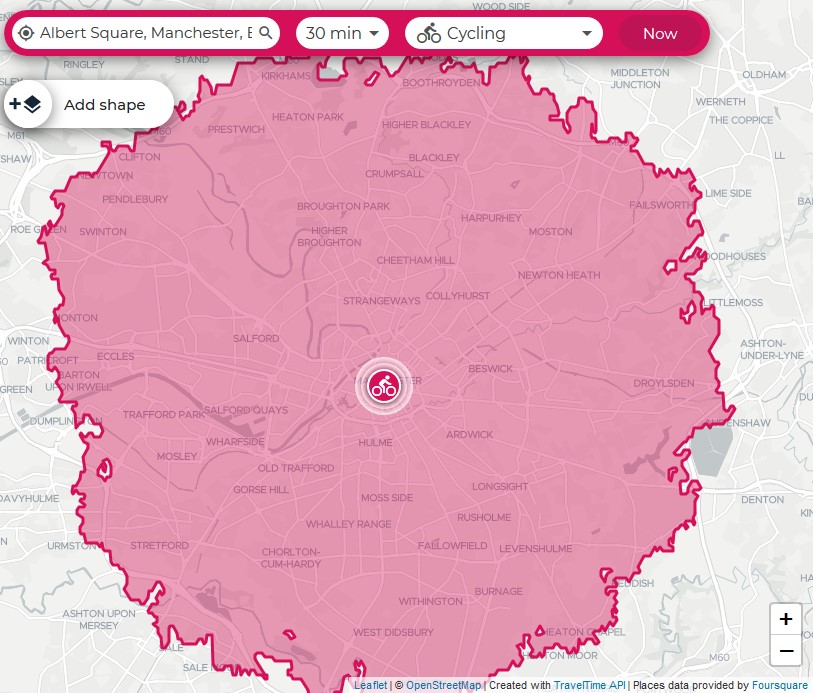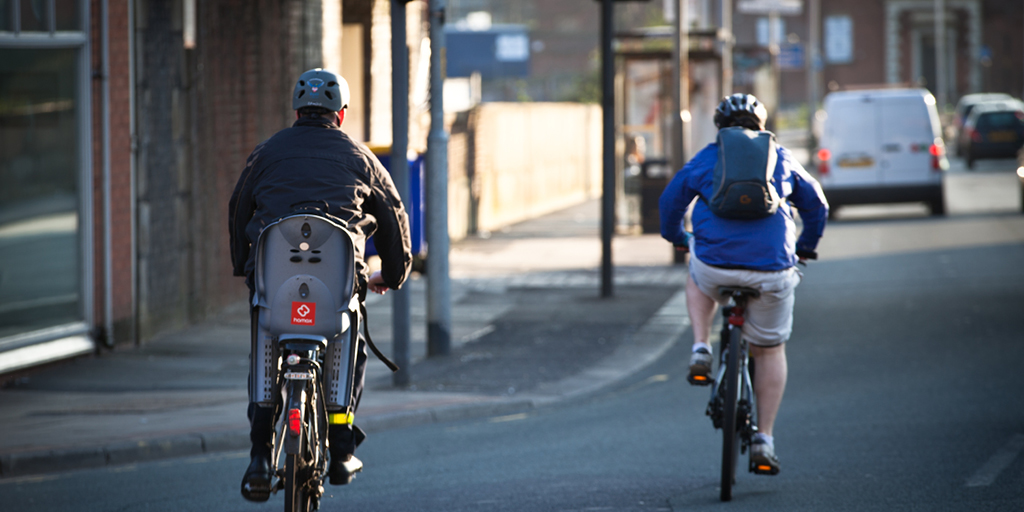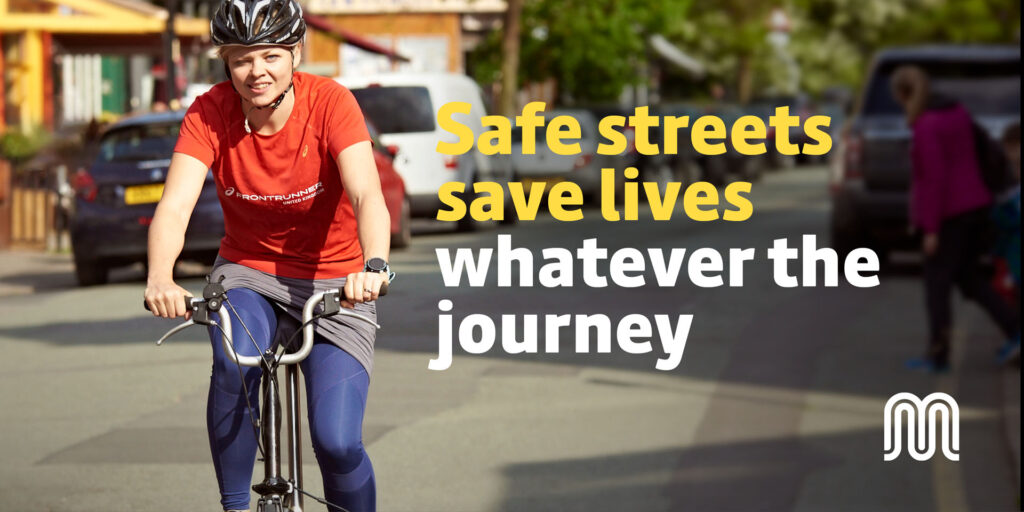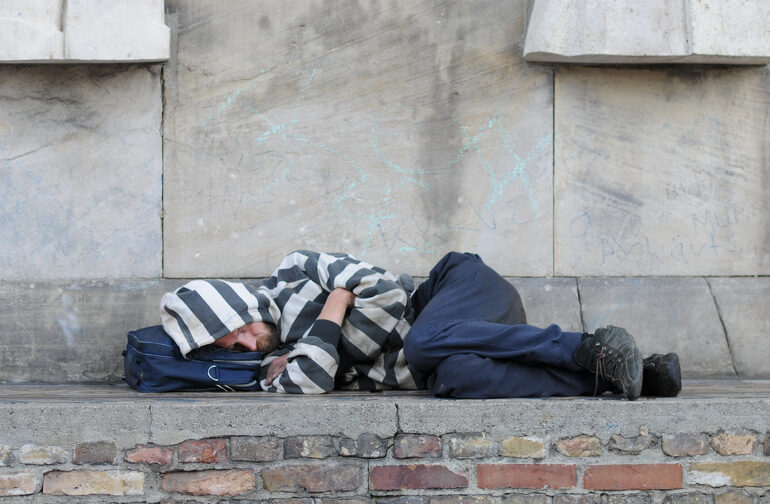Cycling campaigner Nick Hubble explains why we should take advantage of government guidance and funding to build a regional cycle network for the post-lockdown recovery.
Last month the government announced a comprehensive package of measures to boost walking and cycling (“active travel”) as we emerge from phase one of lockdown. These include:
- £2 billion investment in active travel including £250 million for immediate pop-up bike lanes & wider pavements;
- vouchers for cycle repairs to make old bikes roadworthy again;
- trial of e-scooters; and
- perhaps most significantly, fast-tracked statutory guidance telling councils to reallocate road space for walking & cycling. So this isn’t an option for our councils, it’s an imperative.
Naturally, as always happens when bicycles are in the news, the ensuing debate has been fierce. After all, what could be more controversial than a mode of transport that is clean, green, healthy and fun? So I thought I’d set out a few of the main reasons why this matters and bust a few myths as we consider what the “new normal” might look like on our roads. It also has to be emphasised that I am not defending Boris Johnson’s Conservative government here, but rather reinforcing the case for active travel, which is finally being accorded the recognition it deserves in national transport policy.
1) Do we want the old gridlock back?

Does anyone miss e.g. the permanently gridlocked Bury New Road through Prestwich (or key arterial of your choice)? The log-jams around schools at drop-off and pick-up time? How the entire road network would snarl up around a single set of roadworks or sporting event? No, thought not. So with motor traffic at levels not seen since the 1950s, this is a perfect opportunity to rethink whether we want to go back to the bad old days of never-ending traffic and toxic air or opt for a better solution while we have the chance.
2) Public transport is screwed – at least in the short/medium term

This is really the crux of the matter, and indeed why the government has acted in this way. Let’s assume that everyone who drove before the epidemic simply goes back to driving and everyone who cycled continues to do so. Fine, they’re sorted. But what happens to the millions of people who use public transport every day? With social distancing set to be part of our lives for some time to come, it is anticipated that public transport capacity may fall by as much as 90%. So we need to find a way of facilitating those journeys without the road network grinding to a shuddering halt. (As an aside, working from home now has, somewhat counter-intuitively, to feature in the transport mix, but keeping people at home is only a solution up to a point).
3) Our roads couldn’t cope with a spike in car use

While sections of the auto trade may be rubbing their hands at a possible surge in car sales post-lockdown, the effect on our already strained road network would be catastrophic. According to the most recent open data provided by Transport for Greater Manchester, in 2017 just 23% of people travelled into Manchester by car on an average morning, compared to 21% by bus, 28% by rail, 14% by Metrolink, a pitiful 2% by bike and 12% on foot. So here we’re looking at a 63% share (64,833 trips) for public transport. Even if we leave rail aside, as this could include longer commutes that may not be as viable by active travel, we’re looking at a 35% share for bus & Metrolink (36,164 total trips). If just half of these commuters switch to a car, that’s a queue of new vehicles over 80 km long – a tailback that would stretch from Manchester to just past Derby. Hands up who’s up for that? No, thought not. So again, let’s look for a better solution.
4) Many car trips don’t need to be made by car

In Greater Manchester 30% of all journeys less than one kilometre are made by car – that’s a staggering annual total of 200 million car trips over a distance that can be walked in 15 minutes or cycled in four. Further, 800 million trips by car are under five kilometres, a comfortable 20-minute cycle ride (all stats from the Change a Region to Change a Nation Report). So while we won’t of course replace every single car trip by bike, we could replace many millions, and the impact of that on alleviating the pressure on our road network would be profound.
5) Active travel is a matter of social justice

One factor that is frequently absent in the discussion of bikes vs. cars is the personal expense – cars cost a small fortune to run. Let’s consider the following figures for someone on an average salary paying average car-maintenance costs:
| BURY | Annual | Monthly |
| Average salary (gross) | 29,324 | 2,444 |
| Taxable income | 17,474 | 1,456 |
| Tax (20%) | 3,495 | 291 |
| National Insurance | 2,508 | 209 |
| 2018/19 take-home pay (after tax + NI) | 23,321 | 1,943 |
| Av. cost of car ownership (maintenance, fuel, finance) | 4,661 | 388 |
| Annual car ownership cost: % take-home pay | 20.0% | |
| Working days per year needed to fund annual car ownership | 50.6 |
What this in effect means is that the average car-owner in Bury is working entirely to pay for their car between 1st January to 13th March each year (thanks to David Saddington for the figures). Turning that on its head, ditch the car and you get an instant tax-free pay rise worth thousands a year.
Many of the true heroes of this crisis – key workers including warehouse staff, supermarket workers, nurses, carers, nurses etc. – indeed earn less than this average salary. Are we really saying that only choice they should have is between risking their health on public transport and buying and running a car, effectively plunging them into transport poverty? As well as its many other benefits, active travel is also essentially free travel. During this crisis so far we’ve seen key workers take to cycling in their droves as an efficient and robust form of transport. Does it really make sense to take that freedom away from them, and deny it to the rest of us, as we come out of quarantine?
6) Active travel is a great way to help the NHS

One of the few blessings of this first lockdown phase in the UK, especially compared to countries such as France and Italy, has been the permission to undertake one session of outdoor exercise per day. And cycling in particular has enjoyed a renaissance on the vehicle-stripped streets of quarantine-era Britain. Getting out on a bike to strengthen our lung function, boost our immune systems, keep our cardio-vascular systems in order and soak up some sun for vitamin D synthesis is one one of the best things we can do to stay healthy and relieve the pressure on the NHS. And as a country that’s traditionally bad at preventative medicine, this is again something to hold on to as we emerge from this crisis.
7) Active travel needs the right environment to thrive

The abysmal figure of 2% cycle commuters into central Manchester doesn’t mean that only 2% of people in Greater Manchester want to cycle, but rather that only 2% feel brave enough to do so. As we see pop-up cycle lanes being installed in cities as wide-ranging as Paris, Leicester, Bogota and Berlin, we’re reminded that fear of vehicle traffic is the greatest deterrent to anyone but the hardiest pedaller. A truly equitable transport system protects those who, as Chris Boardman put it, answer the call not to drive, while those who still need to use motor vehicles for e.g. work purposes can do so on emptier roads. It is a rare win-win proposition.
To sum up

I could go on, but you get the idea. There never have been any really convincing arguments as to why investment in clean, healthy, sustainable, space-efficient, low-emission and so on modes of transport shouldn’t be prioritised, and now there are even fewer. The choice is a stark one: do we hold on to the gains we’ve seen in terms of clean air, lower traffic volumes, swathes of people rediscovering their love of the mighty bicycle, families with children out on our streets enjoying cycling together etc., or unleash carmageddon of unimaginable proportions? Which shall it be?
By Nick Hubble
First published in Banging on about bikes, 10 May 2020
Feature image, NHS, social justice images from @OfficialTfGM. All other images from Banging on about bikes



Leave a Reply